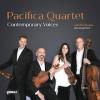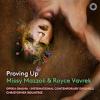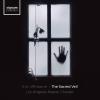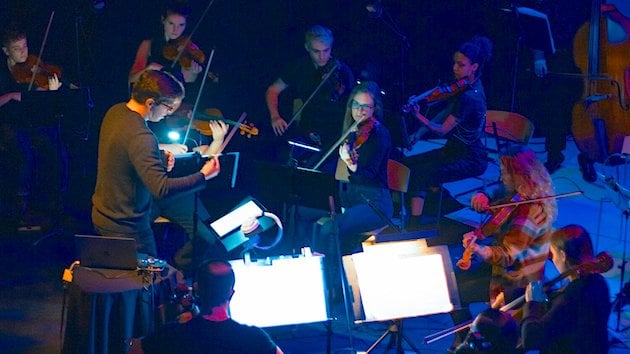
While we’re on the subject of possible impending doom (e.g. climate change, COVID-19, next month’s election returns), the 1912 sinking of the RMS Titanic on its maiden voyage continues to reverberate in popular culture, inspiring a truckload of songs and at least one lasting piece of concert music.
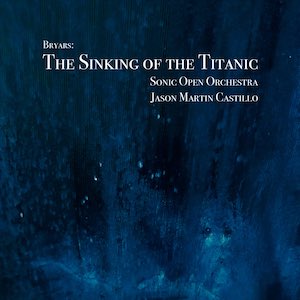 Over a period of time from 1969 to 1972, the young British proto-minimalist Gavin Bryars came up with a haunting tone poem The Sinking of the Titanic that turned out to be an open-ended work-in-progress, subject to expansion, revision, and reinterpretation. Jason Martin Castillo and the Los Angeles-based Sonic Open Orchestra — which set sail three years ago — have come up with the latest take, now available on an EP-length recording on the Ambedo label (reviewed here from a SoundCloud advance stream).
Over a period of time from 1969 to 1972, the young British proto-minimalist Gavin Bryars came up with a haunting tone poem The Sinking of the Titanic that turned out to be an open-ended work-in-progress, subject to expansion, revision, and reinterpretation. Jason Martin Castillo and the Los Angeles-based Sonic Open Orchestra — which set sail three years ago — have come up with the latest take, now available on an EP-length recording on the Ambedo label (reviewed here from a SoundCloud advance stream).
The piece is built on a base of a hymn, “Autumn,” that a wireless operator on the Titanic claimed the house band was playing as the ship sank between the waves. (For today’s listeners, the tune will bear a resemblance to “Amazing Grace.”) On top, underneath, and within the strains of the hymn, played excruciatingly slowly by a small string ensemble over and over, Bryars overlays tapes of snatches of other pieces of music and sounds related to the disaster, creating a gauzy sense of how the music would be reverberating through the water over time.
The first recording was made in 1975 with a small ensemble conducted by Bryars and a tape from the San Francisco Conservatory of Music’s New Music Ensemble led by the then-unknown John Adams. Produced by Brian Eno on his Obscure label (later on Editions EG), Titanic fit in with Eno’s developing concept of ambient music; it could be heard actively or serve as innocuous sonic wallpaper. Two subsequent recordings expanded the piece from about 24 minutes to an hour, and then 72 minutes.
On the 1975 recording, what we mainly hear is the string ensemble amidst a blur of reverberating sound consistent with the ambient idiom that Eno was pioneering. Castillo’s more elaborately-drawn soundscape adds a lot of corroborative detail while locked within the 1975 timeframe, clocking in at a minute under the Bryars/Eno version, recorded in one uninterrupted take.
Augmented by three “ambient section” players — Zachary Paul (violin), Drum And Lace (Sofia Hultquist on synthesizer) and Dave Valdez (guitar) — the Sonic Open Orchestra recording opens cinematically with the sounds of rushing waves, a clanging ship bell, sea gulls, and general instrumental chaos as the strains of “Autumn” drift in, whereas Bryars/Eno opens cold with the “Autumn” for strings. In isolated spots, we hear a bass clarinet, swirling strings, some unintelligible testimony from a female voice representing a survivor from the disaster, drums puncturing the texture, and late in the piece, the tapping of Morse code from the distressed ocean liner.
The effect is more ironic, more unnerving, more contemporary-sounding than the original, a fresh look at an evocative piece that can apparently thrive under varying interpretations.

